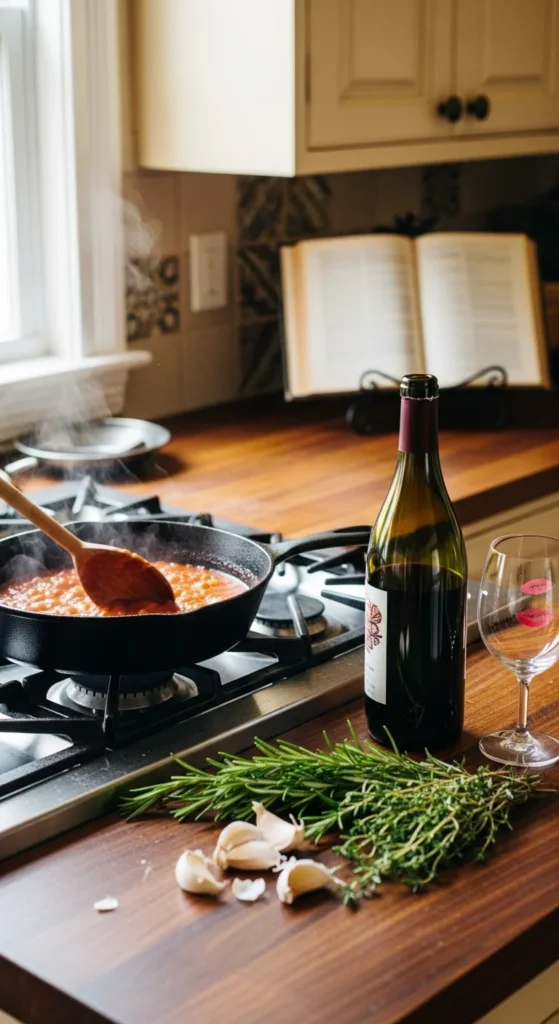
Cooking with wine can turn a simple meal into something special. It adds depth, aroma, and richness that water or broth alone can’t achieve. But there’s a fine line between elevating your dish and overpowering it. The secret? Understanding how, when, and what kind of wine to use.
Let’s break down how to cook with wine the right way—so your dishes sing with flavor instead of tasting like a bar accident.
Understanding the Role of Wine in Cooking
Wine is more than just an ingredient—it’s a flavor enhancer. When added correctly, it can:
- Add acidity to balance rich or fatty foods
- Bring depth to sauces, soups, and braises
- Lift flavor notes in meats, vegetables, and even desserts
The alcohol mostly burns off as it cooks, leaving behind those lovely flavor compounds that make your food taste restaurant-quality.
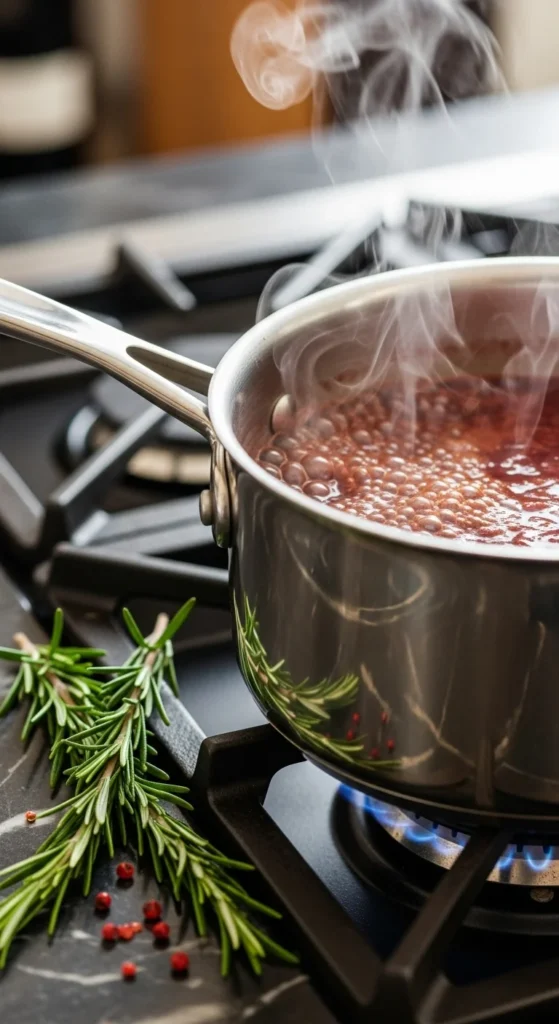
Choosing the Right Wine
Not all wines belong in your pot. Here’s how to pick the perfect one:
1. Cook With What You’d Drink
If you wouldn’t drink it, don’t cook with it. Cheap “cooking wines” are loaded with salt and preservatives that can ruin your dish.
2. Match the Wine to the Dish
- Red wine pairs best with red meats, stews, and tomato-based sauces. Think Cabernet Sauvignon or Merlot.
- White wine works beautifully with seafood, chicken, and cream sauces. Try Sauvignon Blanc or Pinot Grigio.
- Rosé adds a light, fruity note—great for summer dishes or shellfish.
3. Avoid Strongly Sweet Wines
Unless your dish is meant to be sweet (like poached pears), skip dessert wines. They can overpower savory flavors.
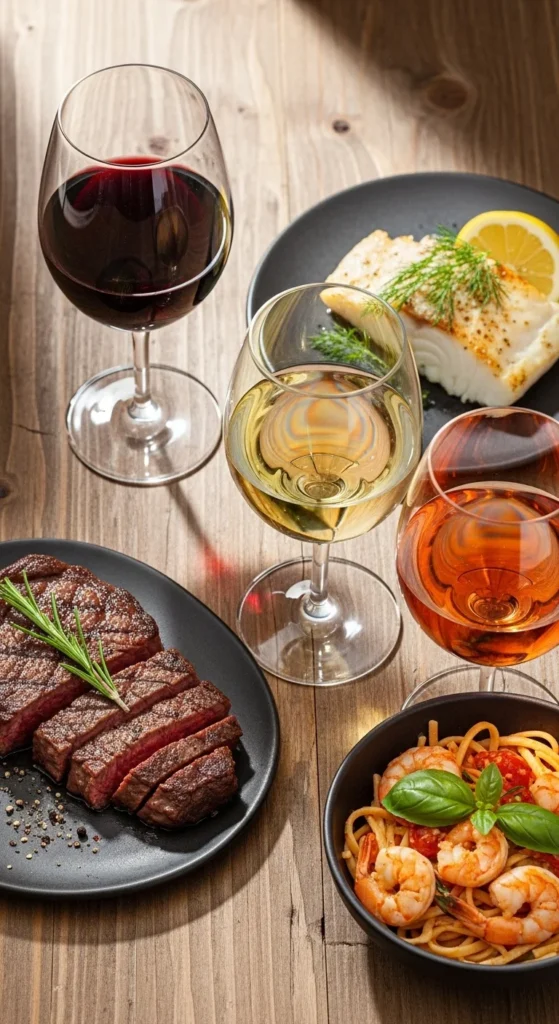
When (and How Much) to Add Wine
Timing is everything. Add it too late, and your dish will taste sharp and boozy. Add it too early, and the flavors might fade.
1. Deglazing for Flavor
After searing meat or sautéing veggies, pour in a splash of wine to loosen the brown bits stuck to the pan. This is your flavor base for sauces and stews.
2. Reducing for Concentration
Let the wine simmer and reduce before adding other liquids. This concentrates its flavor and cooks off the harsh alcohol.
3. Know Your Portions
A little goes a long way. For most dishes, ½ cup to 1 cup is plenty. Too much can dominate everything else.
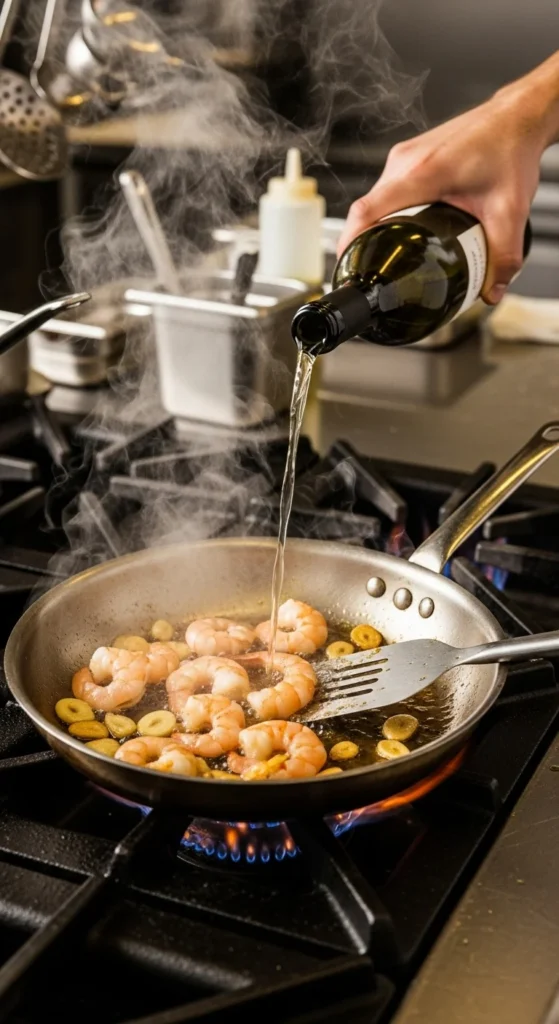
Common Mistakes to Avoid
Even great home cooks can mess up when using wine. Here are the biggest pitfalls:
- Using old or sour wine – If it’s gone bad in your glass, it’ll taste worse in your food.
- Adding wine at the end – Alcohol won’t have time to cook off, leaving a harsh taste.
- Over-reducing – If you simmer too long, the sauce can turn bitter or sticky.
- Mixing random wines – Stick to one type for consistency.
Remember: the wine should complement, not dominate, your ingredients.

Simple Dishes That Shine With Wine
Want to practice your new skills? Try these easy ideas:
- White Wine Butter Sauce – Perfect for fish or chicken, made by reducing white wine with butter and lemon.
- Red Wine Beef Stew – Deep, hearty flavor from a slow simmer with red wine and herbs.
- Mushroom Risotto – Add a splash of white wine early for that signature restaurant-style taste.
- Pasta with Wine-Tomato Sauce – Simmer red wine with crushed tomatoes for depth and richness.
Each of these dishes shows how wine can enhance, not overwhelm, your cooking.
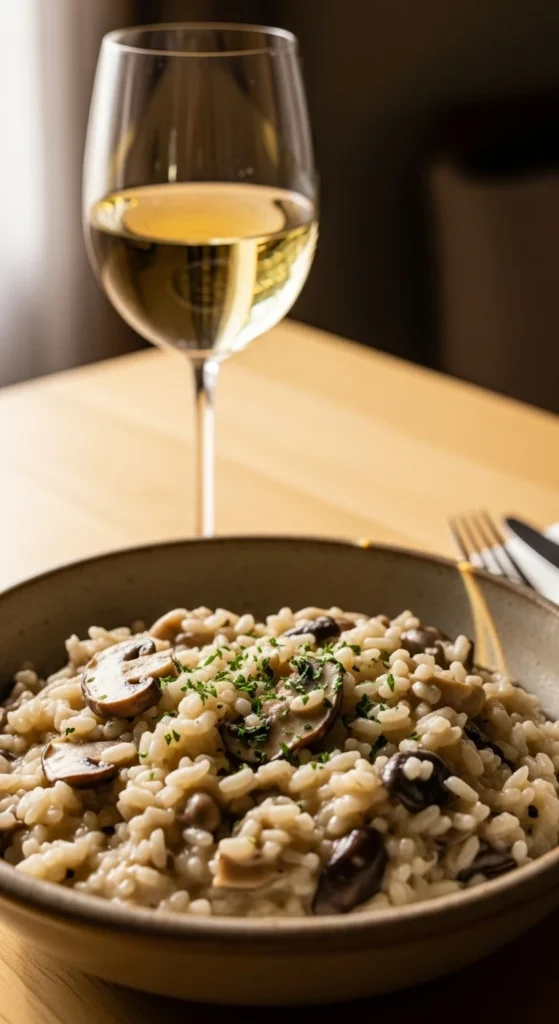
Final Tips: Confidence in the Kitchen
Cooking with wine doesn’t need to be intimidating. Start small—add just a splash to your next sauce, taste as you go, and adjust. The goal isn’t to make your food taste like wine—it’s to make it taste better because of it.
So grab that bottle, pour yourself a glass, and let your pan have a sip too.



Leave a Reply